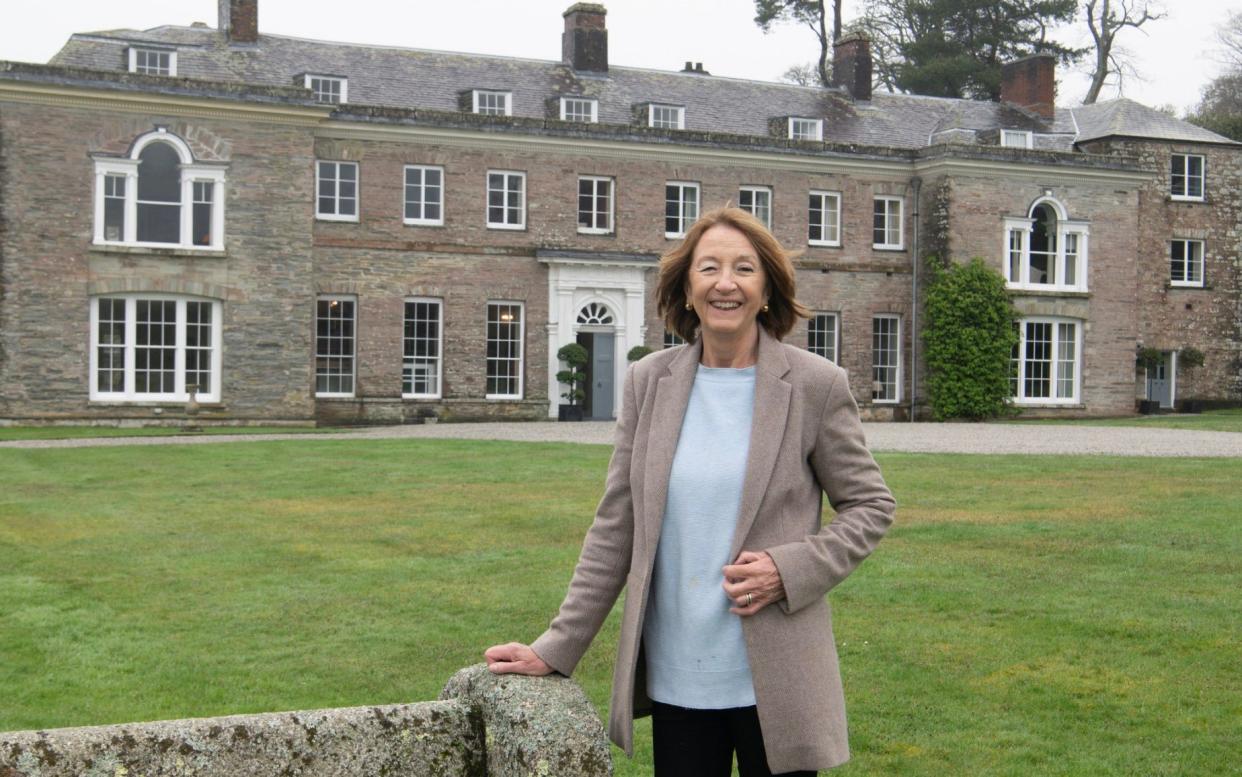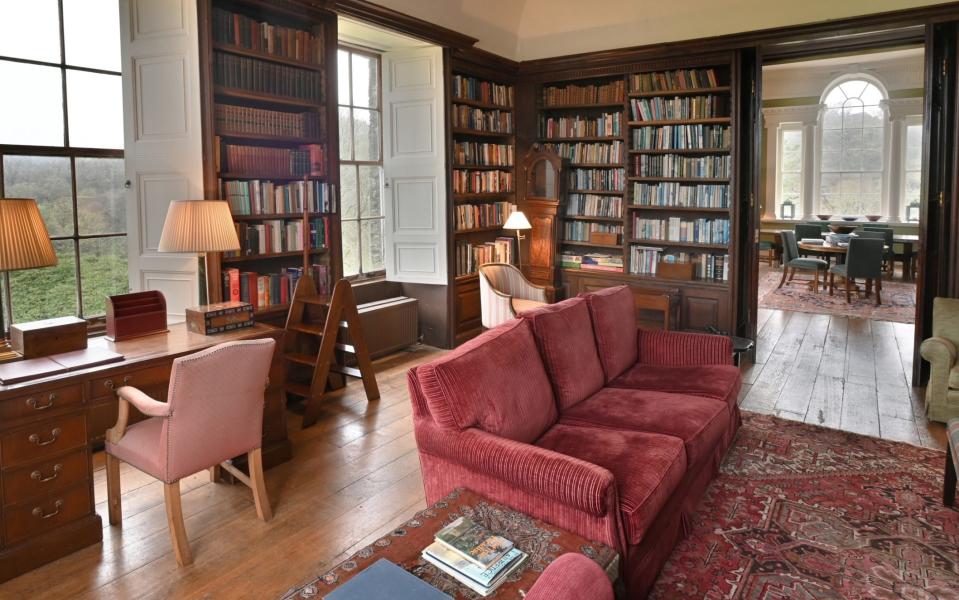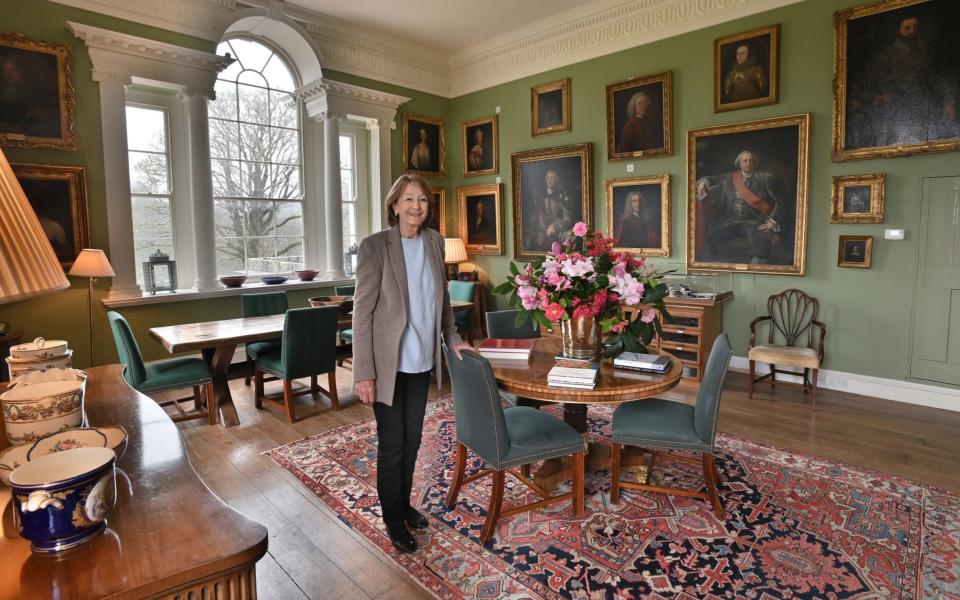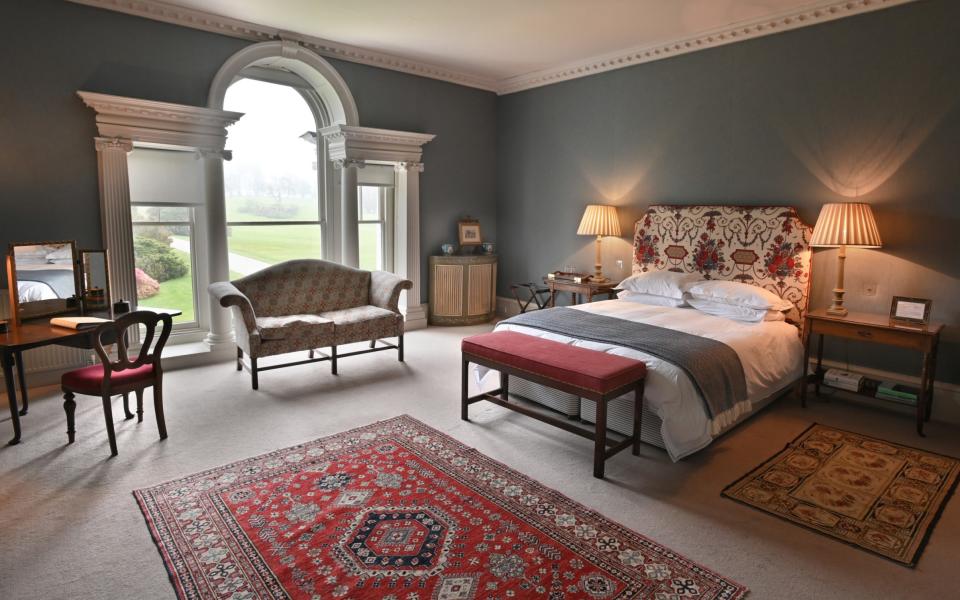‘We restored our rotting Cornish estate – but refused to involve the National Trust’

Set in over 7,500 acres of Cornish countryside, the Boconnoc Estate has hosted duelling dukes, prime ministers and even King Charles I.
Steeped in history, the earliest mention of the estate is in the Domesday Book while during the 17th century, Boconnoc played a key role in the Civil War with both Charles I and the Prince of Wales, later Charles II, taking refuge in the house.
After the Civil War, Boconnoc became a favourite of leading politicians. In the 18th century, Thomas Pitt, governor of Madras, bought the estate for £53,000 after he sold The Regent Diamond. This purchase of what was then the world’s largest diamond would earn him the title “Diamond” Pitt.
With politics in the blood, the family estate quickly became somewhat of a headquarters of the Whigs. One of the rooms still features one of the largest portrait collections of Liberal politicians.
The Pitts held onto the estate until the 19th century after which it was given to the Fortescue family. By that time it had a church, a school, and accommodation for servants and farmers, creating a whole community.
During the Second World War, the rooms were stuffed with furniture and US troops were billeted in the house with ammunition dumps and tanks scattered across the estate.

In the 1970s, the historical country pile was abandoned and eventually fell into total disrepair.
Then the house was rescued by Elizabeth and her late husband Anthony Fortescue, who decided to renovate Boconnoc and open it to the public.
“Anthony decided that he wanted to fully renovate it, and I agreed – whether we had the money to do it was another question”, says Mrs Fortescue.
Anthony Fortescue was a furniture maker and knew a lot about interior design. “He had a great eye, he would go to an antique shop and source the most beautiful things” says Mrs Fortescue.
As the restoration was going to be expensive and money was tight, the Fortescues decided that they would host events and use the land to fund the renovation.

“We both had our roles, Anthony managed the land and the agriculture, while I ran the events”, Mrs Fortescue explains.
What started as a team of two grew to 12 full-time employees and during the summer season the estate employs more than 20 people.
Originally the house was inhabitable, with no electricity and rotting roofs, so the family used a stableyard for events and weddings.
“When it was just a few of us, I can remember times when I had to make thousands of cups of tea”, she says.
The main goal was to restore the house, which the Fortescues describe as the heart of the estate. “Driving past a derelict house every day, you sort of lose the will to live,” says Mrs Fortescue.
The family did not apply for grants nor wanted to run it by the National Trust or English Heritage, so the renovation had to pause twice while money was found.
“We wanted to do it all ourselves, when you go [in] with an organisation in a sense it’s not your house anymore”, says Mrs Fortescue.

Eventually, after nearly two decades of painful renovation, the house was fully restored with furniture designed by Mrs Fortescue’s daughter Sarah and mouldings and frescos by local Cornish artists.
“My daughter Clare and I were abroad when Anthony called to ask ‘where would I like the light switches’ – we were so happy the place had electricity”, says Mrs Fortescue.
The renovation was hailed as one of the greatest in the country winning several accolades, including the Historic Houses Association/Sotheby’s Restoration Award.
In 2015, Anthony Fortescue, who held the title of High Sheriff of Cornwall, passed away, and Clare took over the running of the estate.
Having observed the restoration firsthand, she says her parents’ dedication to reviving Boconnoc is her inspiration to keep going.
“They had the energy and drive to create a viable business to support the place which, with my family and a hard-working enthusiastic team we will continue”, says Clare. Her goal is to make the estate as efficient and eco-friendly as possible.
“We are committed to stewarding acres of countryside, including several working farms and ancient oak woodlands that are sites of special scientific interest. As the natural environment faces increasing threats, we take our responsibility to preserve it very seriously”, adds Clare.

The summer is the busiest season for Boconnoc, with weddings held most weekends.
Most farms on the estate are organic and Boconnoc grows its own fruit and veg, while the deer park, which has been on the estate since the reign of Henry VIII, provides venison.
“We look at farming practices and consider what we can do to improve soil health and biodiversity and decrease things like chemical sprays,” says Clare.
As it has for centuries, the family tries to maintain a strong sense of community with a cricket team, Sunday services and a “hub”, where people can come once a week to meet for chats, read the paper and enjoy the free tea and cake on offer.
“We wanted to be of benefit to the wider community in the surrounding area”, explains Clare.
The Fortescues say for Boconnoc Estate that “if you love it and care for it, it will love and care for you too”.

